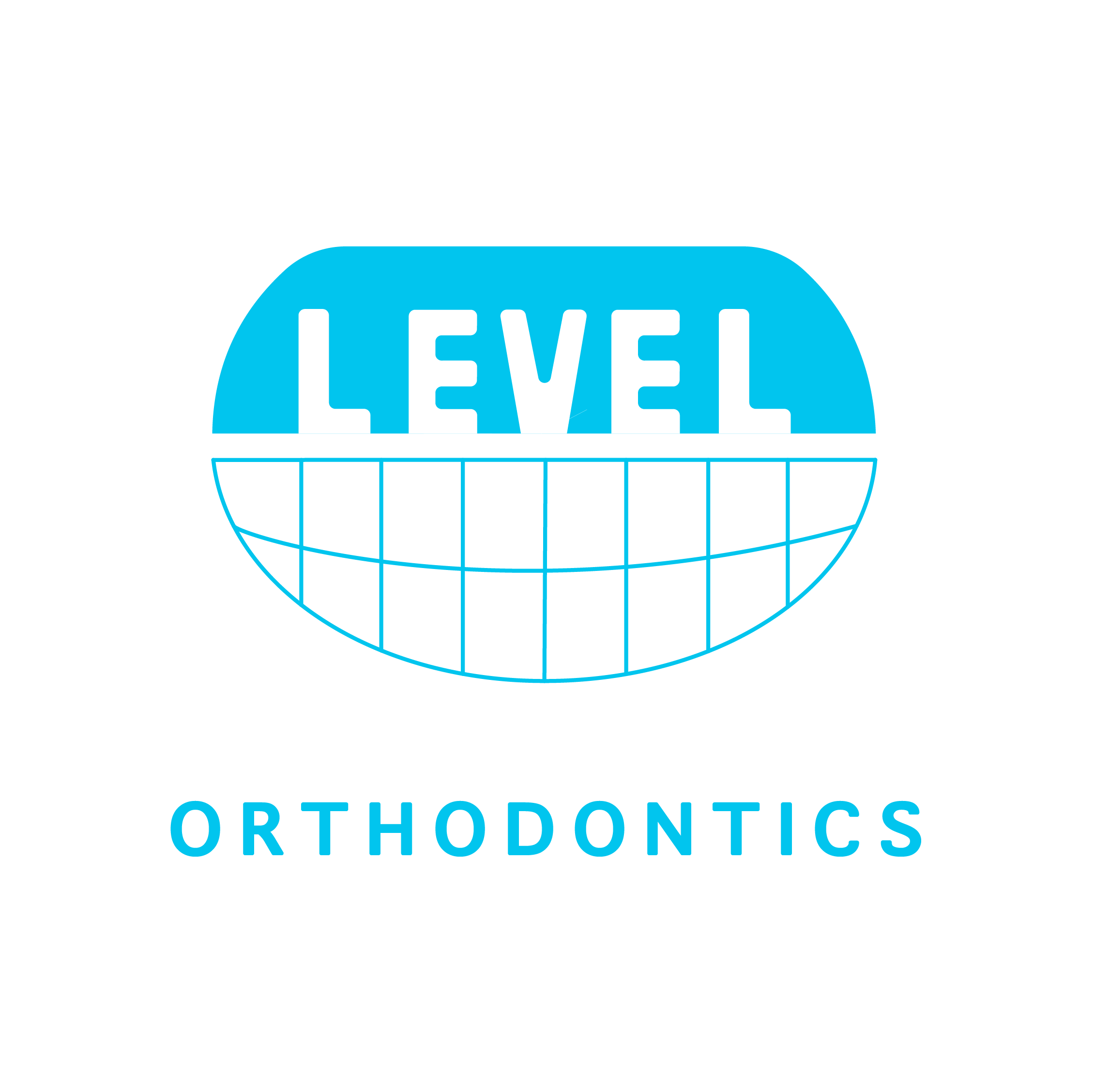Did you know that many experts suggest that all children should be screened for orthodontic needs by the age of 7?
Orthodontics is a specialized field of dentistry associated with the alignment of the teeth and jaws, for instance, overbite, underbite, and gaps between teeth. The field provides a lot of expertise in solving the issues of teeth placement as well as working wonders in improving a person’s smile.
By 7 years of age, most children have enough permanent teeth that allow an orthodontist to identify if there will be any future issues when it comes to teeth alignment or bite.
Sucking on a thumb, pacifier, or even a pencil at an early age can result in disturbed jaw growth, protruding front teeth, and bite issues. The earlier the issue is picked up, the easier it can be treated.
An important misconception is that if the exposed portions of teeth appear fine, all is well. But in fact, the opposite may be true. Although much of the tooth is visible, there is a greater portion inside the gums. The orthodontist might order an X-ray of the jaws to look for impacted, missing, extra, and even wrongly positioned teeth.
There is a lot more going on than what meets the eye. An invisible, underlying orthodontic issue may lead to alignment issues later in life. For instance, a wrongly positioned tooth may slowly push other teeth into a crowd, or an impacted tooth may harm the roots of adjacent teeth causing pain and discomfort.
Crooked teeth can be prevented in a young patient by ensuring good oral health and hygiene, avoiding sucking of the thumb, and seeking early treatment.
The earlier that issues are noticed, the earlier treatment can be started. Earlier start of treatment can prevent complications and worsening of many orthodontic issues, such as crossbite, underbite, crowded teeth, spaced teeth, extra teeth, and functional shifts.

